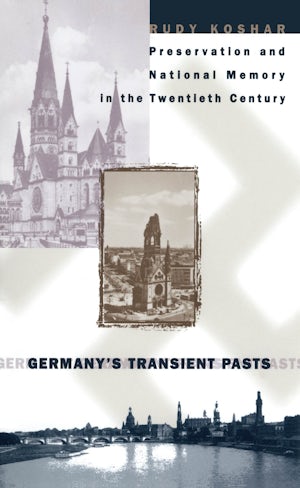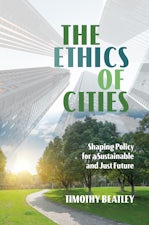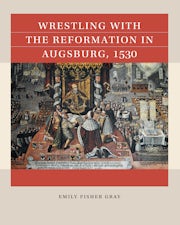Germany's Transient Pasts
Preservation and National Memory in the Twentieth Century
By Rudy J. Koshar
440 pp., 6.125 x 9.25, 65 illus., notes, bibl., index
-
Paperback ISBN: 978-0-8078-4701-5
Published: June 1998 -
E-book EPUB ISBN: 978-0-8078-6262-9
Published: November 2000 -
E-book PDF ISBN: 979-8-8908-6956-2
Published: November 2000
Buy this Book
- Paperback $60.00
- E-Book $29.99
Transient Pasts is the first book to examine the role that the historic preservation movement has played in German cultural history and memory from the end of the nineteenth century to the
early 1970s.
Focusing on key public debates over historic preservation, Rudy Koshar charts a trajectory of cultural politics in which historical architecture both facilitated and limited Germans' efforts to identify as a nation. He demonstrates that historical buildings and monuments have served as enduring symbols of national history in a country scarred by the traumas of two world wars, Nazism, the Holocaust, and political division. His findings challenge both the widely accepted argument that Germans have constantly repressed their past and the contention that Germany's intense public engagement with history since reunification is unprecedented.
About the Author
Rudy Koshar is professor of history at the University of Wisconsin-Madison and author of Social Life, Local Politics, and Nazism: Marburg, 1880-1935.
For more information about Rudy J. Koshar, visit
the
Author
Page.
Reviews
"A nuanced and very full examination."--Choice
"A penetrating examination of national memory and identity in modern Germany. To achieve his goal, Koshar has chosen wisely to examine the public discourse of preservationists, the people directly concerned with the cultivation of memory through the care and maintenance of historic structures. He argues persuasively that, despite these efforts, German national identity has been and remains unstable, provisional, and transient. This is an important work of value to everyone interested in the study of memory and identity."--Vernon Lidtke, Johns Hopkins University




